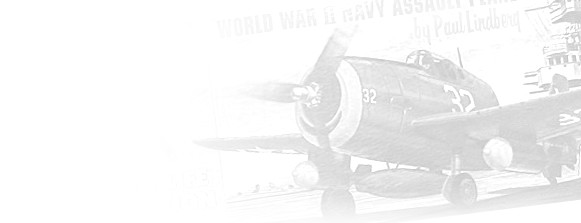
1/30 1-82 Swan Island Replications Curtiss NC-4 - 15 Inch Wingspan - First Aircraft To Cross the Atlantic Ocean
Wood Model Kit, Box Condition: VG
Rare. This is a modern solid wood scale model that features a 3D carved fuselage, 2D cut wings and tail feathers, fully carved floats and other parts, other cut to shape parts, clear celluloid, wood stock as required, full color decals, rigging material & drawings and more. Includes superb, heavily illustrated building instructions on a very large rolled up sheet of paper. Never started and inventoried complete with all parts and paperwork present. From airandspace.si.edu: The U.S. Navy achieved the first transatlantic flight eight years before Charles Lindbergh became world famous for crossing the Atlantic nonstop and alone. Three Curtiss flying boats, each with a crew of six, were involved: NC-1, NC-3, and NC-4. The Navy wanted to prove the capability of the airplane as a transoceanic weapon and technology.The five-leg flight began on May 8, 1919, at the naval air station at Rockaway Beach, New York. It followed a route to Nova Scotia; Newfoundland; the Azores in the middle of the Atlantic; Lisbon, Portugal; and Portsmouth, England. Only NC-4, commanded by Albert C. Read, flew the whole way. The entire trip took 24 days.Conceived during the First World War, the NC class of flying boats, popularly known as "Nancy Boats," was intended to meet a U.S. Navy requirement for extended range aircraft for anti-submarine patrol. An important design consideration of the NC class held that these flying boats be capable of flying under their own power from the continental United States to the European war zone because shipping space was in short supply during this period in 1917. The German U-boat offensive at the time was sinking close to one million tons of Allied shipping every month.The NC-4 was put on public display in Central Park in New York City and in several other locations, including Philadelphia and Washington, D.C. The hull of the NC-4 was exhibited at the Smithsonian Institution in 1920 and it was transferred to the Smithsonian in 1927. The remaining components were retained in Navy storage until they were obtained by the Smithsonian in 1961. The Smithsonian decided to fully restore the NC-4 for the 50th anniversary of the first transatlantic crossing. With the assistance of three Navy technicians, the restoration of the NC-4 was completed and the aircraft was displayed on the national Mall for the 50th anniversary celebration on May 8, 1969. After the brief exhibition, the NC-4 was disassembled and placed in storage until it was loaned to the Naval Aviation Museum in Pensacola, Florida, in 1974.
This item has been sold.
Click here to return to the main page.
